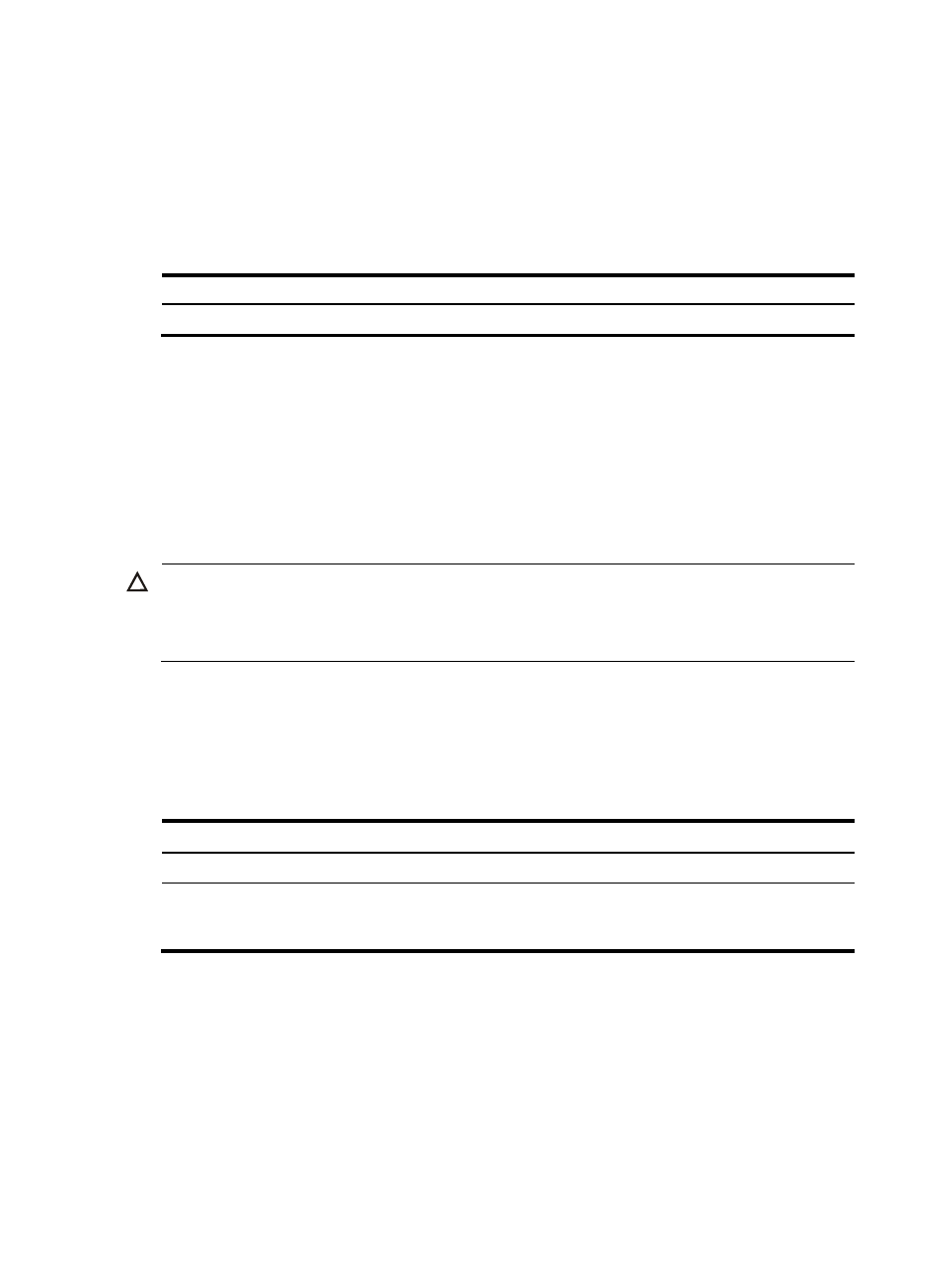Removing a directory, Managing storage media, Managing storage medium space – H3C Technologies H3C SecBlade LB Cards User Manual
Page 90: Mounting and unmounting a storage medium

81
Removing a directory
To remove a directory, you must delete all files and subdirectories in this directory. To delete a file, use the
delete command. To delete a subdirectory, use the rmdir command.
Removing a directory permanently deletes all its files in the recycle bin, if any.
Perform this task in user view.
Task Command
Remove a directory.
rmdir directory
Managing storage media
Storage media management includes space assignment, storage media mounting and unmounting, and
space partitioning.
Managing storage medium space
CAUTION:
After a storage medium is formatted, all files on it are erased and cannot be restored. If a startup
configuration file exists on the storage medium, formatting the storage medium results in loss of the startup
configuration file.
If part of a storage medium is inaccessible, use the fixdisk command to examine the medium for any
damage and repair the medium.
To format a storage medium that has been partitioned, you must format all the partitions individually,
instead of formatting the medium as a whole.
To manage the space of a storage medium, perform one of the following tasks in user view:
Task Command
Remarks
Repair a storage medium.
fixdisk medium-name
N/A
Format a storage medium.
format medium-name
[ FAT16 | FAT32 ]
FAT16 and FAT32 are not applicable to the Flash
memory. For more support information, see
System Maintenance Command Reference.
Mounting and unmounting a storage medium
You can use the mount or umount command to mount or unmount a hot-swappable storage medium,
such as a CF card.
By default, a storage medium is automatically mounted when connected to the device. However, when
a storage medium is connected to a lower version system, the system cannot recognize the storage
medium. To perform read and write operations to the storage medium, you must mount it.
